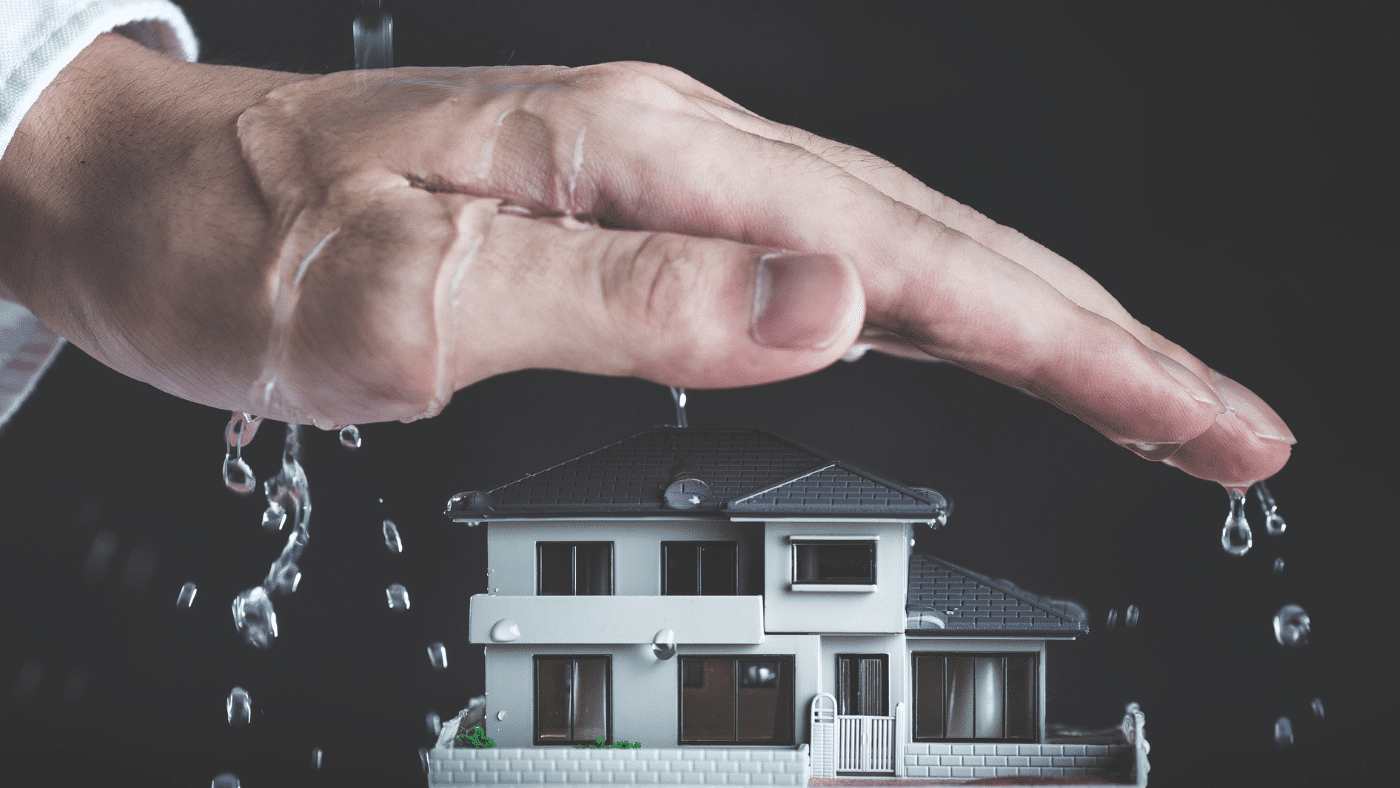Why Water Intrusion Prevention is Crucial During Construction
Water intrusion can be detrimental to the overall cost, schedule, and quality of a building at any point in the construction phase. Knowing the signs of water intrusion and being proactive can help to avoid these types of incidents in construction. As is often the case, planning ahead and investing in smart practices upfront can save a project from major cost overruns, re-work, and insurance claims.
In this post, we will discuss the following:
- The potential causes and signs of water intrusion
- How should re-work and remedial costs be accounted for
- Services VERTEX offers to help identify, evaluate, and document water intrusion
Potential Causes of Water Intrusion
Water intrusion issues can arise from a wide array of situations, including:
- A building not being entirely dried-in, such as pending windows, exterior finishes, and roof installation with proper drainage;
- Fire sprinkler and/or plumbing pipe bursts;
- Accidents such as puncturing an existing pipe; and,
- Faulty installation.
As a lender’s representative, VERTEX has observed projects in areas that typically experience lower rates of precipitation. In some cases, a general contractor may think they do not need to be entirely dried-in in these regions and can save time by starting on interior construction tasks. However, if it does rain, this can cause for water intrusion to occur and damage the materials installed, unfortunately diminishing any savings of cost and time created.
When insulation and drywall are in place during a water intrusion event, this can result in the material being oversaturated with moisture. If left in place and not removed and replaced, there is an increased risk for mold to grow as well as causing materials to become defective. Plywood delamination can also occur because of water intrusion causing soft spots and unsuitable materials for a sound floor system.
Signs of Water Intrusion
Below is a list of several signs of a water intrusion incident to look out for on a jobsite:
- Unusual smell;
- Floor damage;
- Puddles of standing water;
- Water entering the building;
- Drywall or paint bubbling;
- Discoloration and staining; and,
- Delamination.
These are all items VERTEX has observed during site observations where water intrusion has been present, as well as identified by Z Solution, a construction litigation consulting practice (Water intrusion 101 for construction litigators: Indicators, causes and damage – Z Solution).
Accountability
Determining the cost responsibility for water intrusion can be difficult depending on the circumstance. If such was caused by negligence of the general contractor, such as not being dried-in, the general contractor should be responsible for additional costs related to re-work and schedule delay. If caused by a subcontractor’s negligence, then re-work should be back charged to the responsible subcontractor. If it is believed to be due to faulty equipment or material, the subcontractor should reach out to the appropriate supplier or manufacturer to investigate the cause.
“The impact of water damage to both construction sites and completed buildings reaches billions of dollars each year.” Source: Water intrusion in construction: Understanding risks, identifying solutions – Liberty Mutual Business Insurance
If insurance claims are filed to account for the remedial work, the re-work and additional costs should not be reflected in the general contractor’s billing, as this could result in double dipping of costs already billed for under the standard scope of work. Such is also the case for any subcontractor back-charges.
How Can VERTEX Help?
As a lender’s representative, if these water intrusion incidents are mentioned by the project team or observed during a construction site observation, VERTEX recommends that the appropriate third party be brought out to the site to inspect the areas of water intrusion to identify if there is any mold, microbial growth, and if construction materials need to be removed and replaced due to over-saturation. We will also apprise our clients accordingly of any such incidents and how the general contractor plans to proceed. Ensuring that remediation reports are received is critical for identifying the issues, incident areas, and action items that need to be adhered to.
Other preventative measures can include having a 3rd party waterproofing consultant and manufacturers verify that work has been completed appropriately with components installed correctly throughout construction. These consultants can also test for any areas at building openings, such as windows and roofs, that may have risk for leaks or water intrusion to help solve the problem before an issue ever occurs.
In addition to lender’s representation, VERTEX also provides in-house building envelope consulting and Residential Quality Assurance services. For more information on any of the services VERTEX has to offer, please visit our services.




